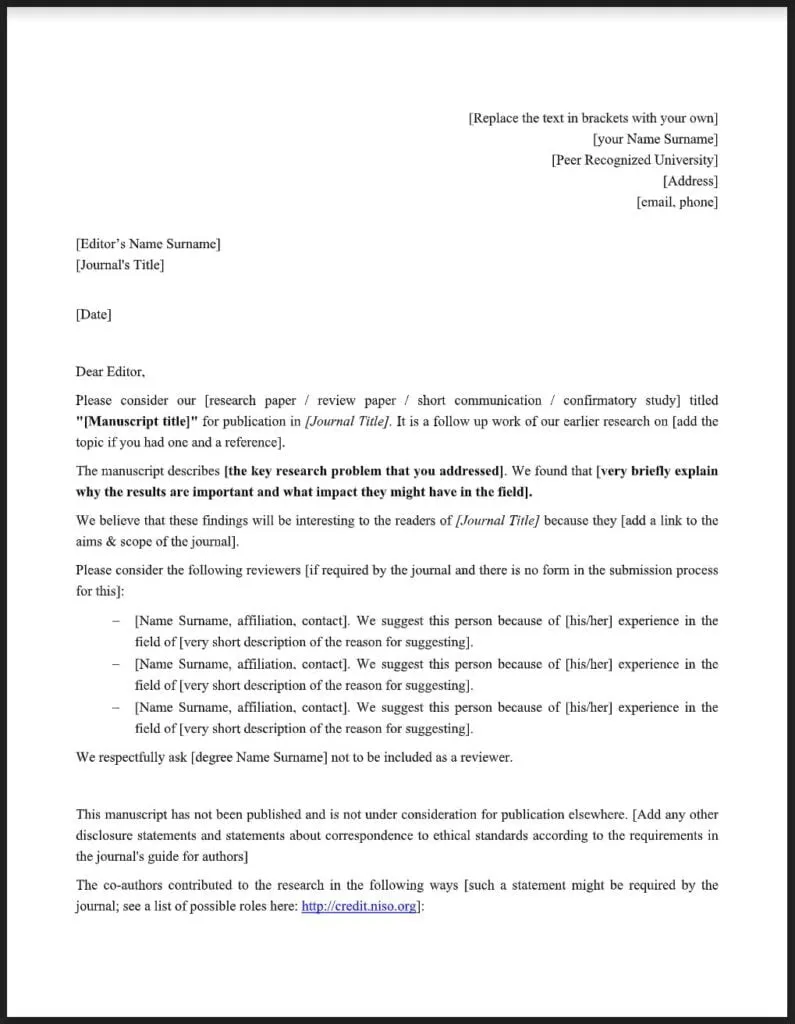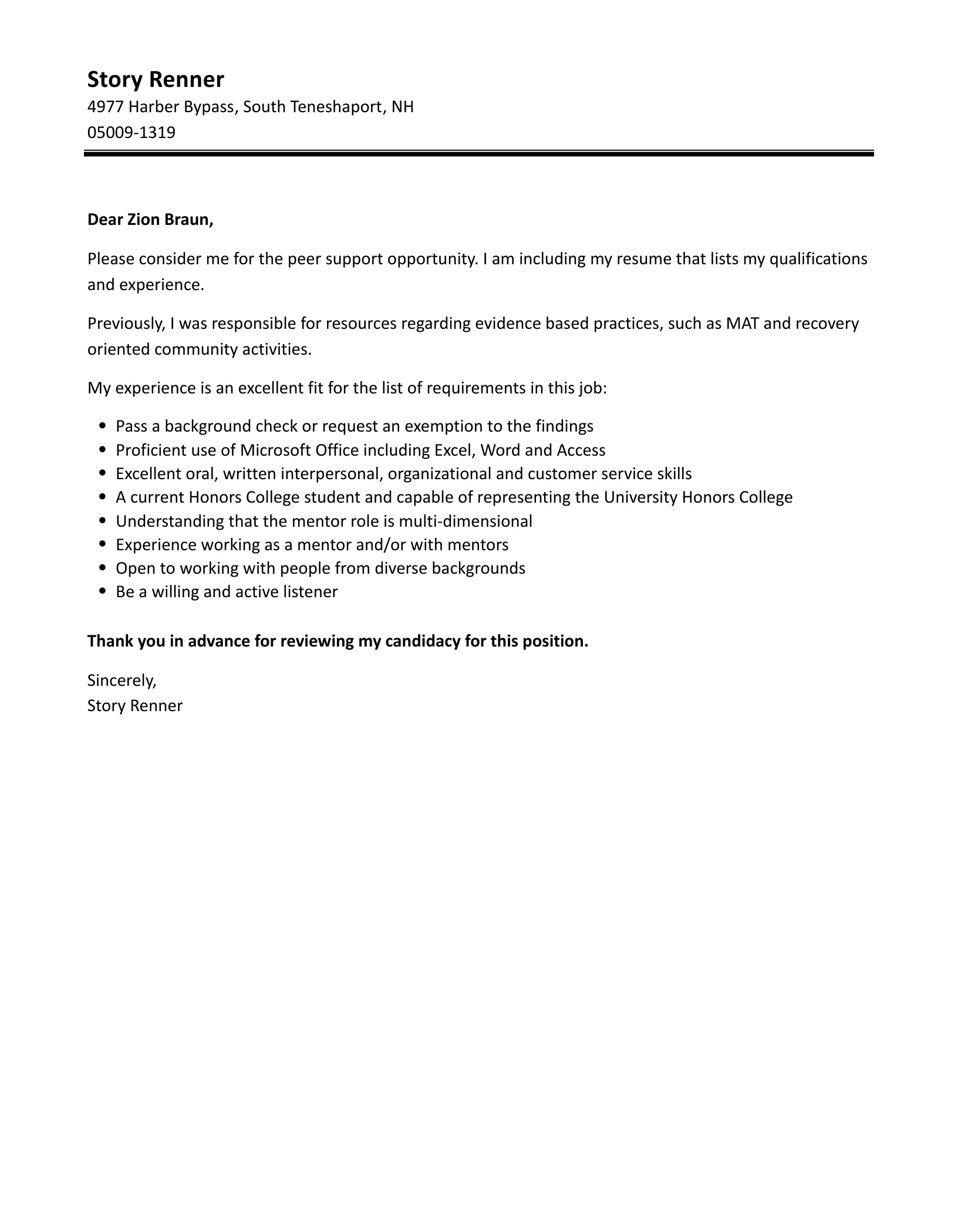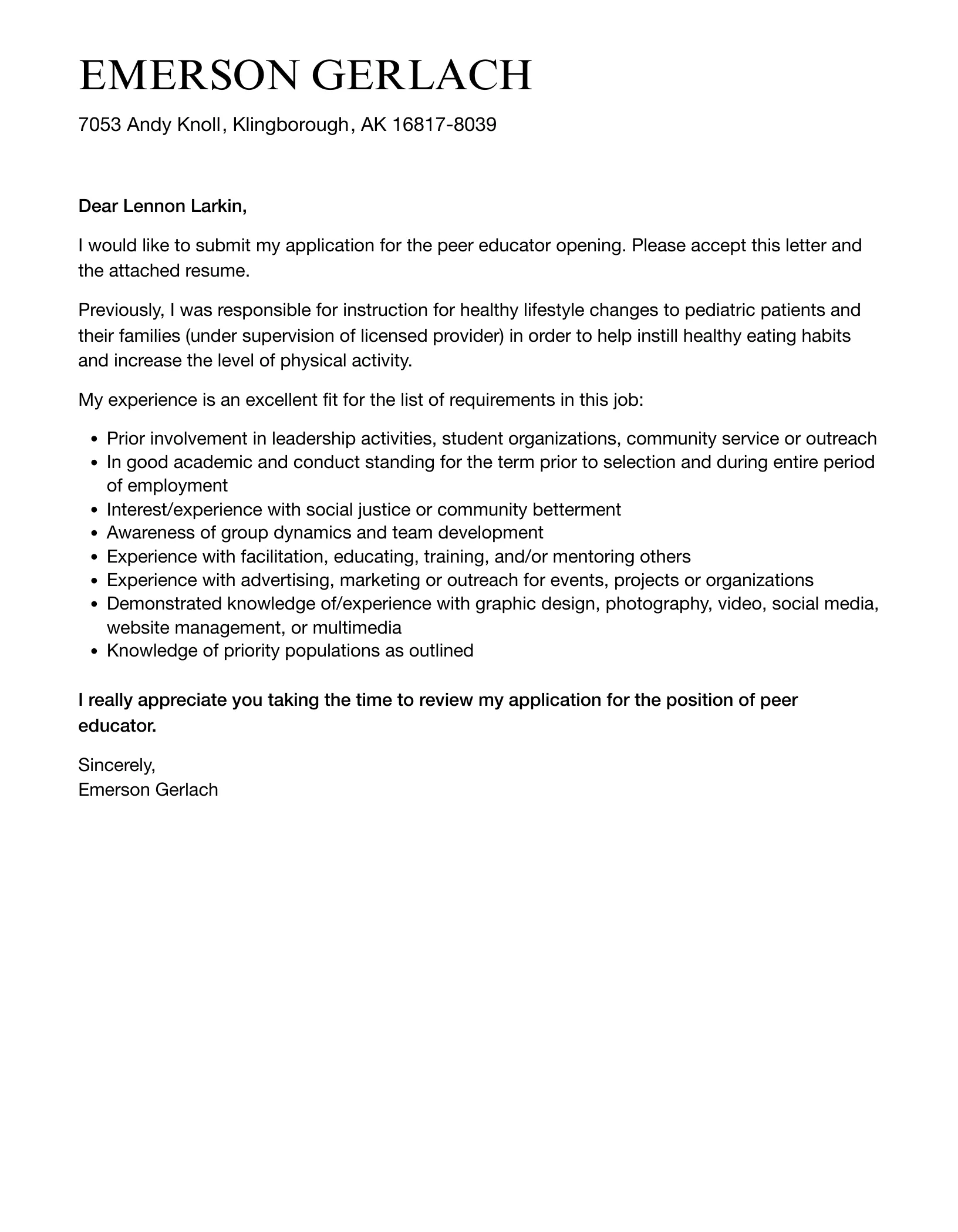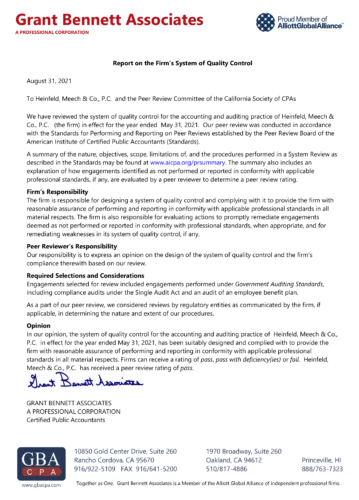What is a Peer Review Cover Letter?
A peer review cover letter is a crucial document that accompanies your evaluation of a manuscript submitted for publication in a scholarly journal or conference proceedings. It serves as a concise summary of your review, offering the editor and authors a clear overview of your assessment. Unlike the detailed review itself, the cover letter highlights the main strengths, weaknesses, and overall suitability of the manuscript for publication. It is your opportunity to succinctly communicate your judgment and provide context for your more in-depth comments. The cover letter is often the first thing an editor reads, so it sets the tone for how your review is received. Therefore, crafting a well-written and informative cover letter is essential for contributing effectively to the peer review process.
Key Components of a Peer Review Cover Letter
Several key components typically make up an effective peer review cover letter. First, the letter should clearly state the title of the manuscript you are reviewing and the journal or conference to which it was submitted. Include your name, affiliation, and the date. Then, provide a brief summary of the manuscript’s topic and scope, demonstrating your understanding of the work. After the summary, offer an overall assessment of the manuscript, such as whether it is suitable for publication, requires major revisions, or should be rejected. Highlight the most significant strengths and weaknesses you identified during your review. Finally, offer specific suggestions for improvement, focusing on the key areas of concern and providing constructive feedback to the authors.
Purpose of a Peer Review Cover Letter

The primary purpose of a peer review cover letter is to communicate your evaluation of a manuscript to the editor and authors. It serves as a summary of your detailed review, allowing the editor to quickly grasp your overall assessment and understand the key points you’ve raised. It also provides context for the authors, helping them understand the major issues and areas needing improvement. The cover letter helps editors make informed decisions about whether to accept, reject, or request revisions to a manuscript. The letter also promotes transparency and accountability in the peer review process, ensuring that reviewers’ judgments are clear and well-supported. The goal is to facilitate a fair and efficient process of evaluating scholarly work.
Essential Elements to Include
Several essential elements must be included in a well-crafted peer review cover letter. Begin by clearly identifying the manuscript and the journal/conference. Provide a concise overview of the manuscript’s topic, scope, and main arguments. Then, offer a clear and concise overall assessment of the manuscript. Highlight the key strengths and weaknesses, giving the editor a quick understanding of your review. Specify the major issues, such as methodological flaws, conceptual weaknesses, or clarity concerns. Offer specific, actionable suggestions for improvement. Focus on clarity, accuracy, and impact. Explain why you recommend revision or rejection, backing up your assessment with evidence from the manuscript. Maintain a professional and constructive tone throughout the letter.
Formatting Your Cover Letter
Proper formatting enhances the clarity and professionalism of your peer review cover letter. Use a clear and readable font, such as Times New Roman or Arial, with a font size of 11 or 12 points. Maintain consistent margins and spacing throughout the document. Start with a formal salutation, addressing the editor by name if possible. The letter should be concise, ideally one page, and structured with clear paragraphs. Begin with an introductory paragraph identifying the manuscript and the journal. Follow with a paragraph summarizing the manuscript’s topic and your overall assessment. Then, provide detailed feedback in separate paragraphs, focusing on specific issues. Conclude with a polite closing and your signature. Proofread carefully for any typos or grammatical errors.
Writing the Review

When writing your review, be thorough and systematic. Start by reading the manuscript carefully at least once, or even twice, to grasp its full scope. Take notes as you read, marking key points, areas of strength, and weaknesses. Assess the manuscript based on the criteria provided by the journal or conference, such as originality, significance, methodology, clarity, and presentation. Provide specific examples to support your comments. For each point, offer constructive suggestions to improve the manuscript, focusing on clear and actionable feedback. Ensure that your review addresses all the essential elements, including the introduction, methods, results, discussion, and conclusion. Before submitting your review, review your comments to ensure accuracy, clarity, and a professional tone.
Evaluating the Manuscript
When evaluating a manuscript, focus on several key aspects. First, consider the originality and significance of the work. Is the research novel, and does it make a valuable contribution to the field? Assess the methodology, checking if the methods are appropriate, well-executed, and clearly described. Analyze the results, considering whether they are clearly presented, accurate, and support the author’s claims. Evaluate the discussion, ensuring the authors interpret the results correctly, and discuss limitations and implications adequately. Review the clarity and organization of the manuscript, noting any areas needing improvement in terms of language and structure. Assess the overall presentation, including the quality of figures, tables, and references. Ensure the manuscript adheres to the journal’s guidelines and formatting requirements.
Providing Constructive Feedback
Constructive feedback is essential to helping authors improve their work. Be specific, providing examples to illustrate your points. Focus on the issues and potential solutions. Avoid vague criticism. Instead of saying “The writing is poor,” provide comments such as “The introduction could be clearer; consider rewriting the first paragraph to state the research question explicitly.” Frame your feedback positively, focusing on how the authors can improve their manuscript. Be respectful and polite. Avoid personal attacks or judgmental language. Offer actionable suggestions that authors can implement, such as rewriting sections, adding more detail, or clarifying concepts. Finally, ensure your comments are aligned with the journal’s or conference’s guidelines.
Tone and Style

The tone and style of your peer review cover letter should be professional and respectful. Maintain a neutral and objective tone, avoiding emotional language or personal opinions. Be polite and considerate, even when pointing out weaknesses. Use clear, concise language and avoid jargon, unless it is appropriate for the field. Write directly and to the point, making it easy for the editor and authors to understand your comments. Be constructive in your criticism, focusing on how authors can improve their manuscript. The tone of your letter should reflect that of a constructive conversation and should be collaborative. Proofread your letter carefully to avoid typos, grammatical errors, and any language that might be perceived as rude or unprofessional.
Finalizing and Submitting Your Letter
Before submitting your peer review cover letter, take a few crucial steps to ensure its quality. First, carefully review your letter for any errors in grammar, spelling, and punctuation. Double-check all the information, including the manuscript title and journal/conference name. Ensure your feedback is complete, constructive, and in line with the journal’s or conference’s guidelines. Get a second opinion, if possible. Ask a colleague to review your letter for clarity, accuracy, and tone. Then, save a copy of your letter for your records. Finally, submit your letter through the appropriate platform provided by the journal or conference, following all the instructions. Make sure you submit the review by the deadline.
